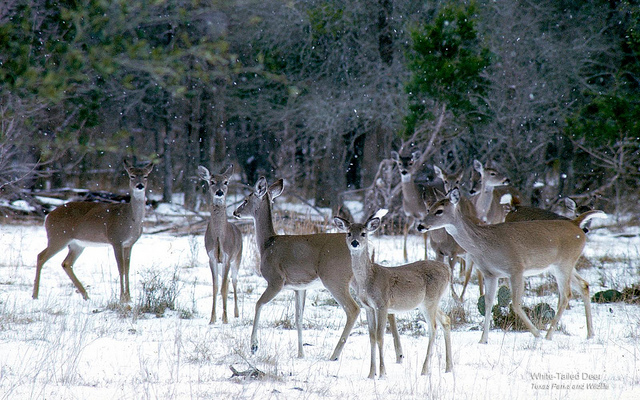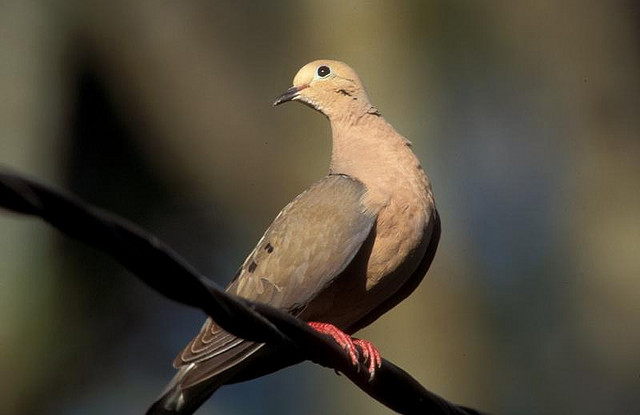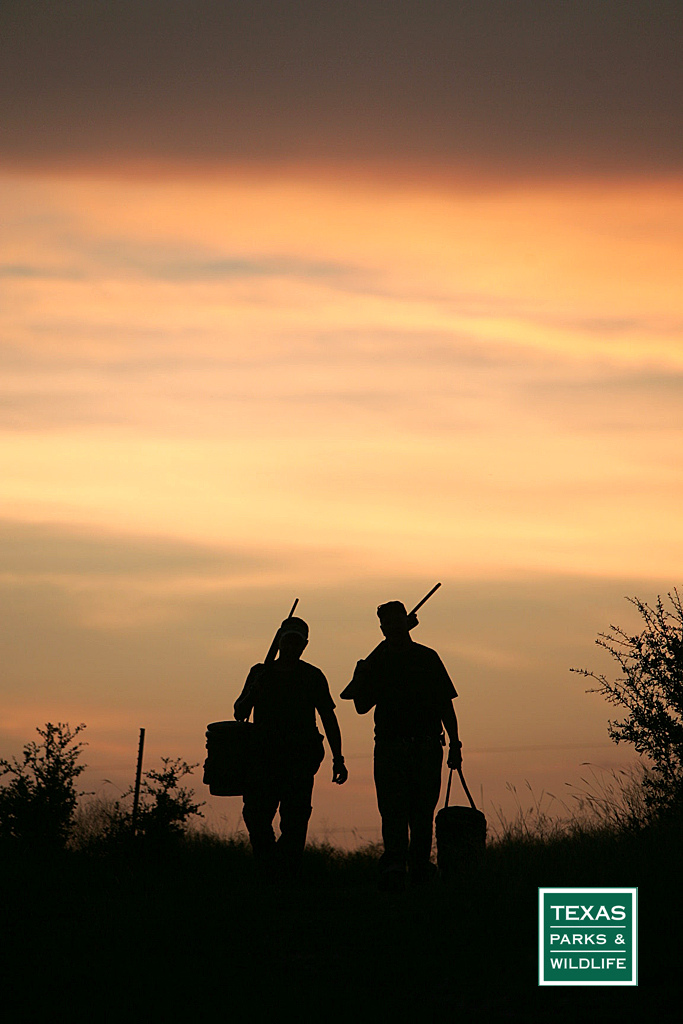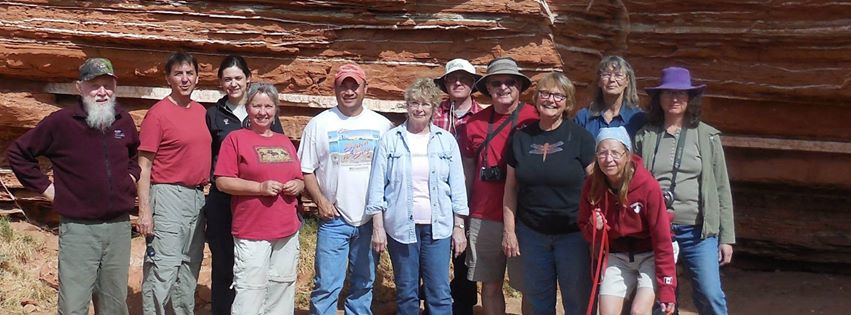Hunt | Research: Browse Survey
Wednesday, March 11th, 2015This is Passport to Texas
An estimated four million whitetail deer roam Texas’ public and private lands; biologists help landowners determine deer density on their property by surveying what the animals eat, including “browse.”
10— Deer have all sorts of different things they’ll eat, browse being one of those items. So, essentially browse is the woody twigs and stems on plants and trees.
Heidi Bailey is a wildlife biologist in Northeast Texas. She says deer prefer some plants more than others, and calls those Blue Bell Ice Cream plants; their least favorites: Brussels sprouts. Everything in between: Meat and potatoes.
19— We go out and we look at these Bluebell plants, and we determine how much they’re eating those. Then, we’ll look at the meat and potatoes plants, and then we’ll get down to the Brussels sprouts and see how heavily the deer are eating those. And if they’re eating the Brussels sprouts plants – they’re eating a bunch of stuff they don’t care anything about – then you know you’ve got issues.
Issues like overpopulation. The browse plants that provide the best clues of this include…
12—Things like cedars, pines, American holly, sweet gum, post oak, and blackjack oak, wax myrtle. There’s lots out there, but boy, it’s not too tasty for them, for sure.
Recommendations biologists make based on browse surveys. That’s tomorrow.
The Wildlife Restoration Program supports our series and works to restore and manage wildlife for the benefit of the public.
For Texas Parks and Wildlife…I’m Cecilia Nasti.







 Passport to Texas is a
Passport to Texas is a  Passport to Texas is made available by:
Passport to Texas is made available by: